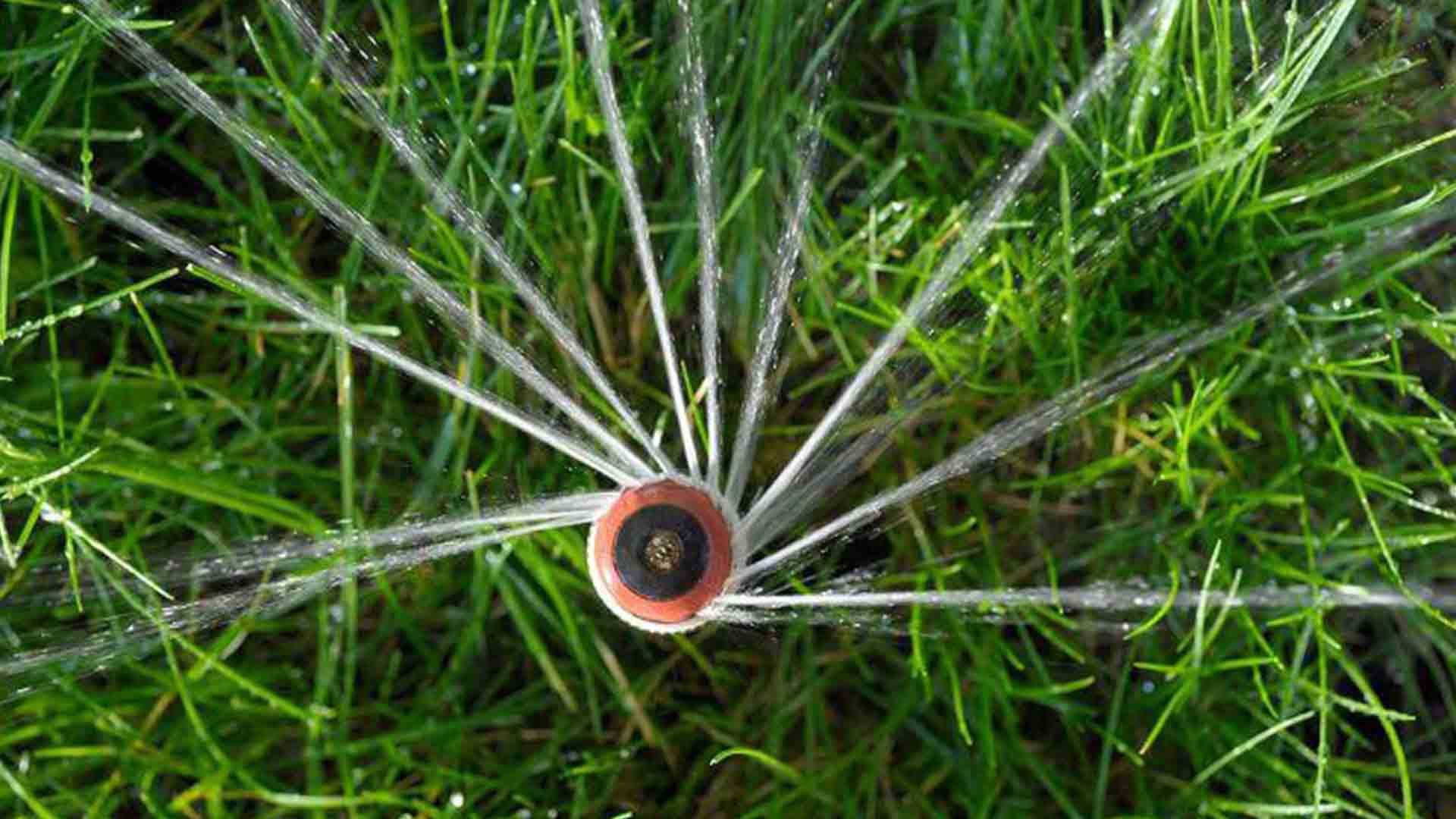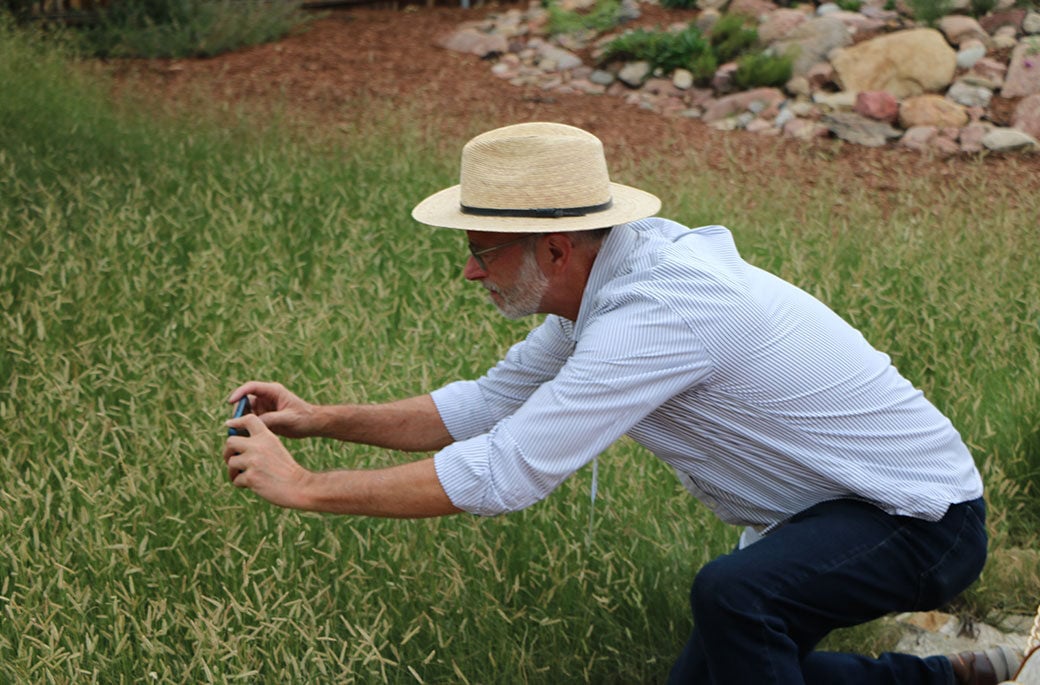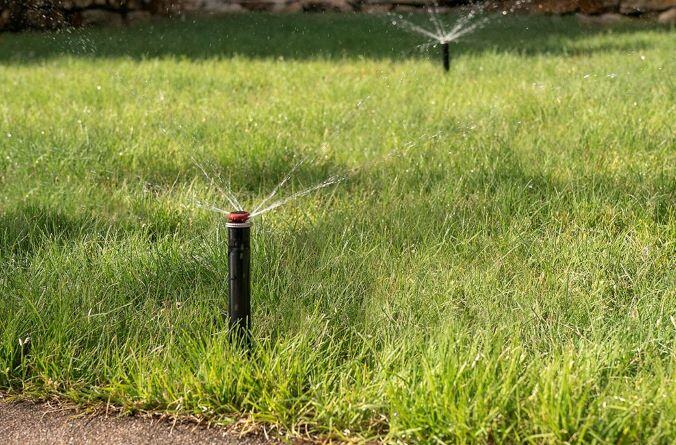Whether you're taking on a small yard project or creating a new landscape, we want to help. Planting grasses, shrubs or plants in the Pikes Peak region can present unique challenges.
Learn which plants and grasses thrive with minimal care and use the best landscaping techniques for our region.
/Water%20wise%20landscaping%20tips%20hero.jpg)







